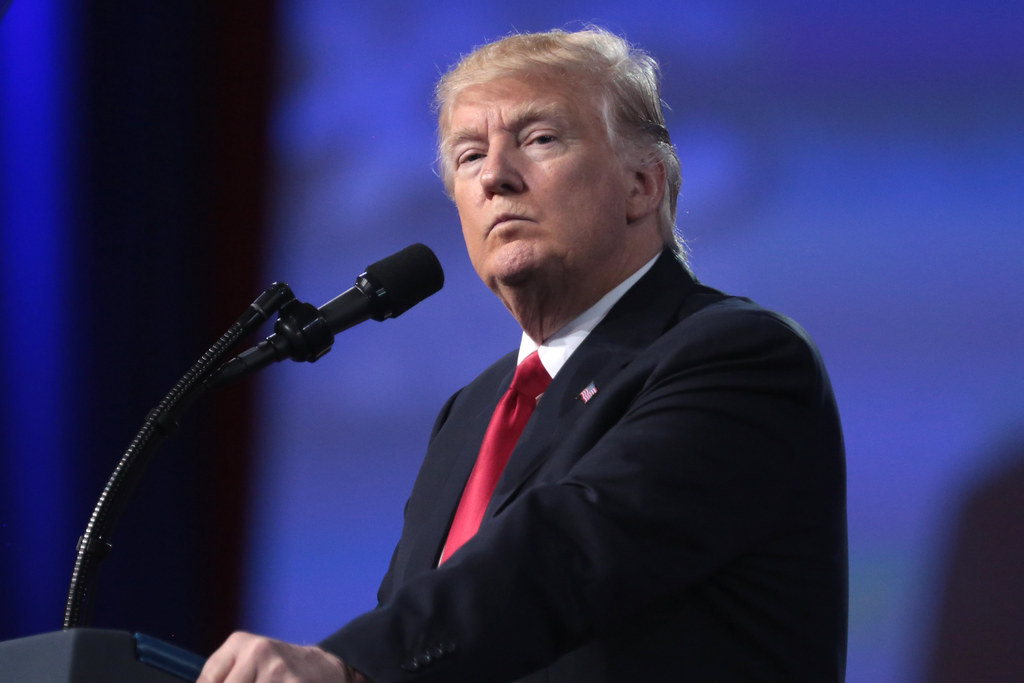
COVID | Monetary Policy & Inflation | US

COVID | Monetary Policy & Inflation | US
We’ve been arguing that COVID should trigger a US recession and now it seems the Fed is worried too. It’s dramatic 100bps cut yesterday brings interest rates back to crisis levels of almost zero percent. Typically, the start of Fed easings is one of the best indicators of an imminent US recession. Almost always, US unemployment surges soon after (Chart 1).
While the easings should in theory help the economy, they usually come at a time when the economy has generated its own downward momentum. This time is likely no different. And while many economists are now revising down their forecasts (see our latest US Recession Tracker [add link]), not many are talking about sharp rises in unemployment.
This article is only available to Macro Hive subscribers. Sign-up to receive world-class macro analysis with a daily curated newsletter, podcast, original content from award-winning researchers, cross market strategy, equity insights, trade ideas, crypto flow frameworks, academic paper summaries, explanation and analysis of market-moving events, community investor chat room, and more.
We’ve been arguing that COVID should trigger a US recession and now it seems the Fed is worried too. It’s dramatic 100bps cut yesterday brings interest rates back to crisis levels of almost zero percent. Typically, the start of Fed easings is one of the best indicators of an imminent US recession. Almost always, US unemployment surges soon after (Chart 1).
While the easings should in theory help the economy, they usually come at a time when the economy has generated its own downward momentum. This time is likely no different. And while many economists are now revising down their forecasts (see our latest US Recession Tracker), not many are talking about sharp rises in unemployment.
As for actual US data, we’re tracking numerous high frequency indicators. A revealing one is the collapse in US movie box office receipts this past weekend. It was 80% lower than last year (Chart 2). In fact, it could be the lowest since 1995. With restaurants, bars and schools starting to close in various cities – growth numbers are likely to get much worse.
This suggests that equity and credit weakness has likely further to go. But this suggests that policymakers will take further actions to stem declines. One route for the Fed would be to follow the BoJ and ECB in broadening asset purchases to credit and equities.
Another more extreme measure would be to shut equity markets for a period of time. We wrote about this as a Grey Swan for 2020 at the end of last year. The important thing is that nothing can be ruled out at this stage. Let’s see what they announce over coming days and weeks.
Spring sale - Prime Membership only £3 for 3 months! Get trade ideas and macro insights now
Your subscription has been successfully canceled.
Discount Applied - Your subscription has now updated with Coupon and from next payment Discount will be applied.